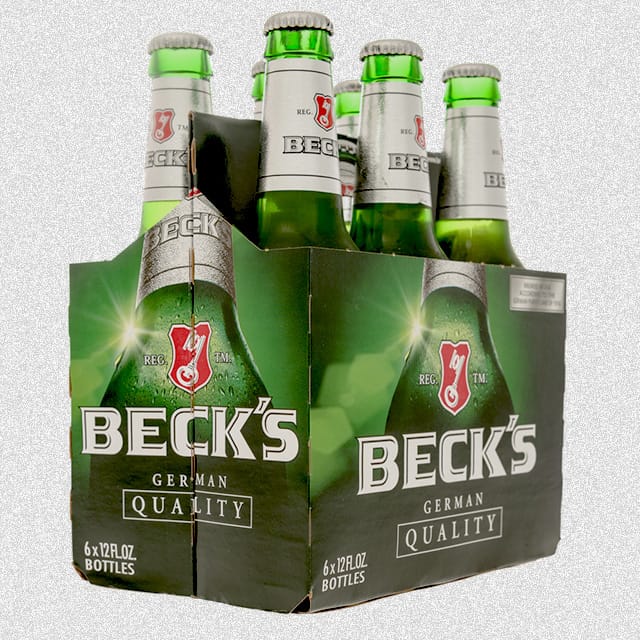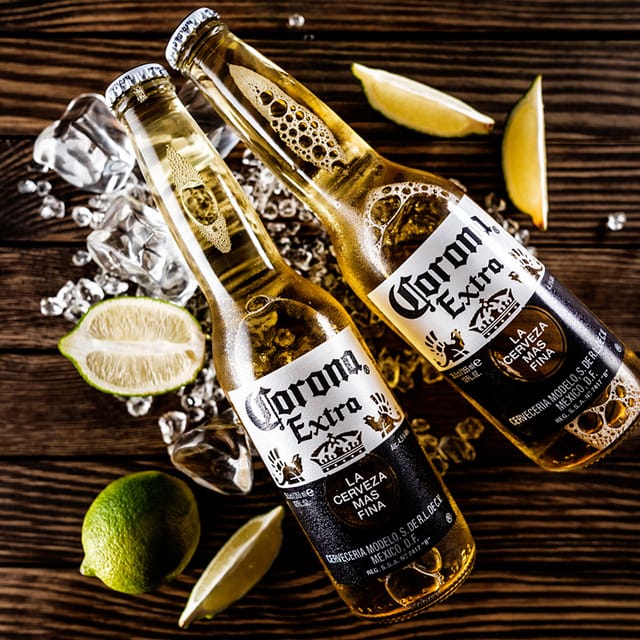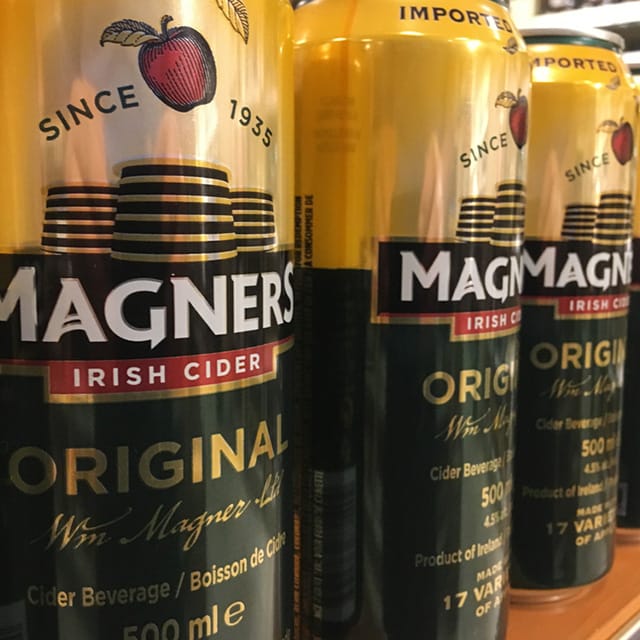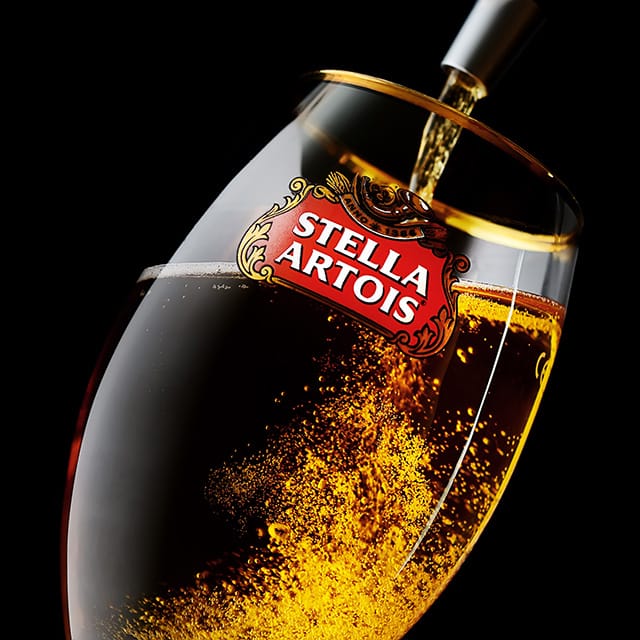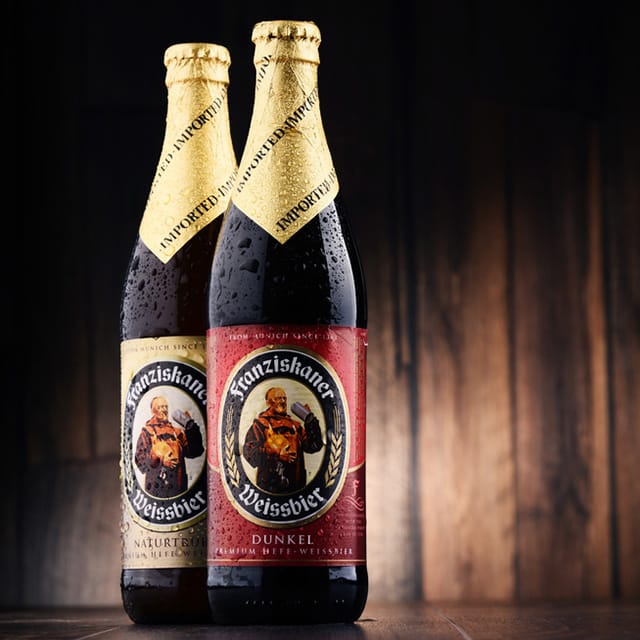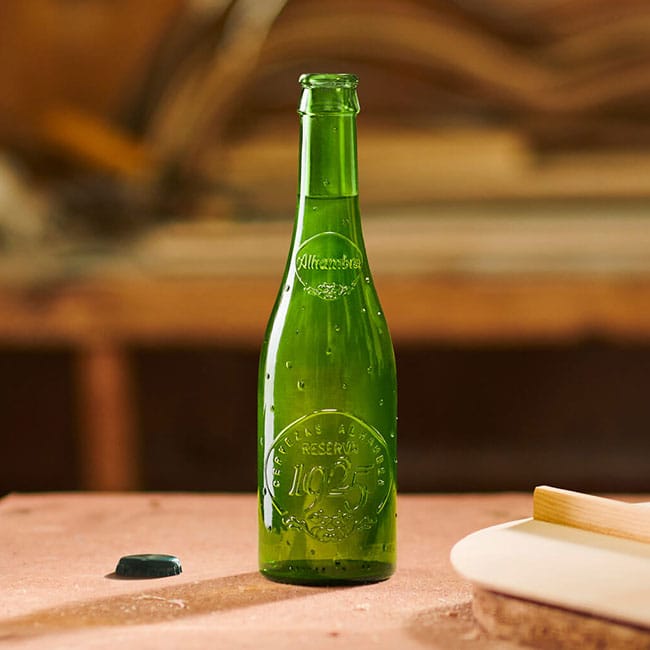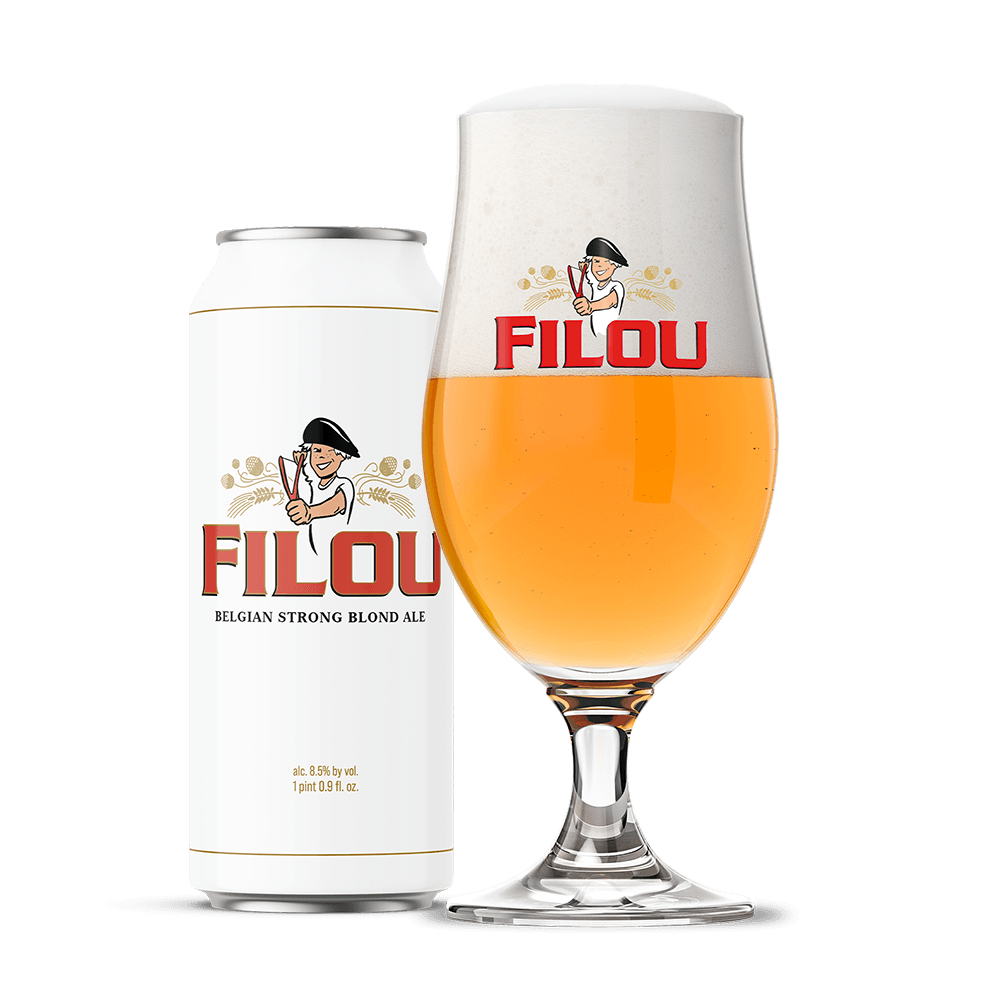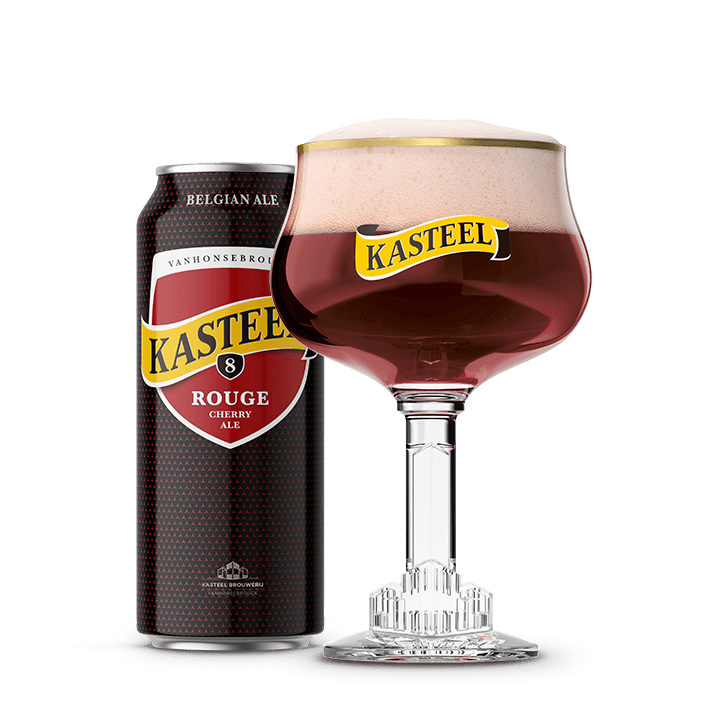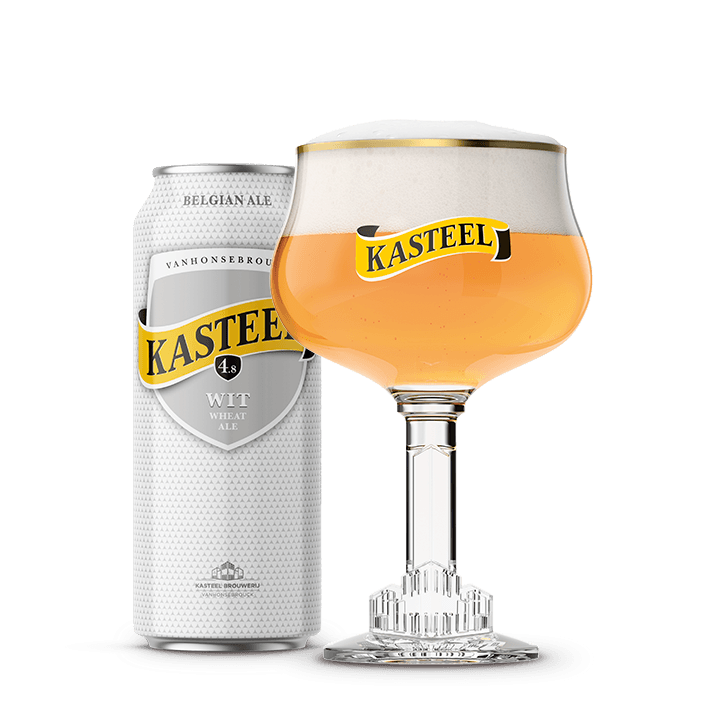We are committed to fostering growth and success by providing innovative solutions, strategic support, and unmatched expertise, ensuring that our clients thrive in competitive landscapes while building long-term, sustainable value.
Each entity plays a crucial role in ensuring that quality products reach consumers while adhering to regulatory standards. A well-structured distribution model can help businesses optimize operations, reduce costs, and maximize market reach. Orange Goat works with some reputed producers of beer from Europe and Japan as well as wineries from South Africa.
These images are for representational purposes and Orange Goat has no commercial claim on these brands or holds any patent or copyright.
